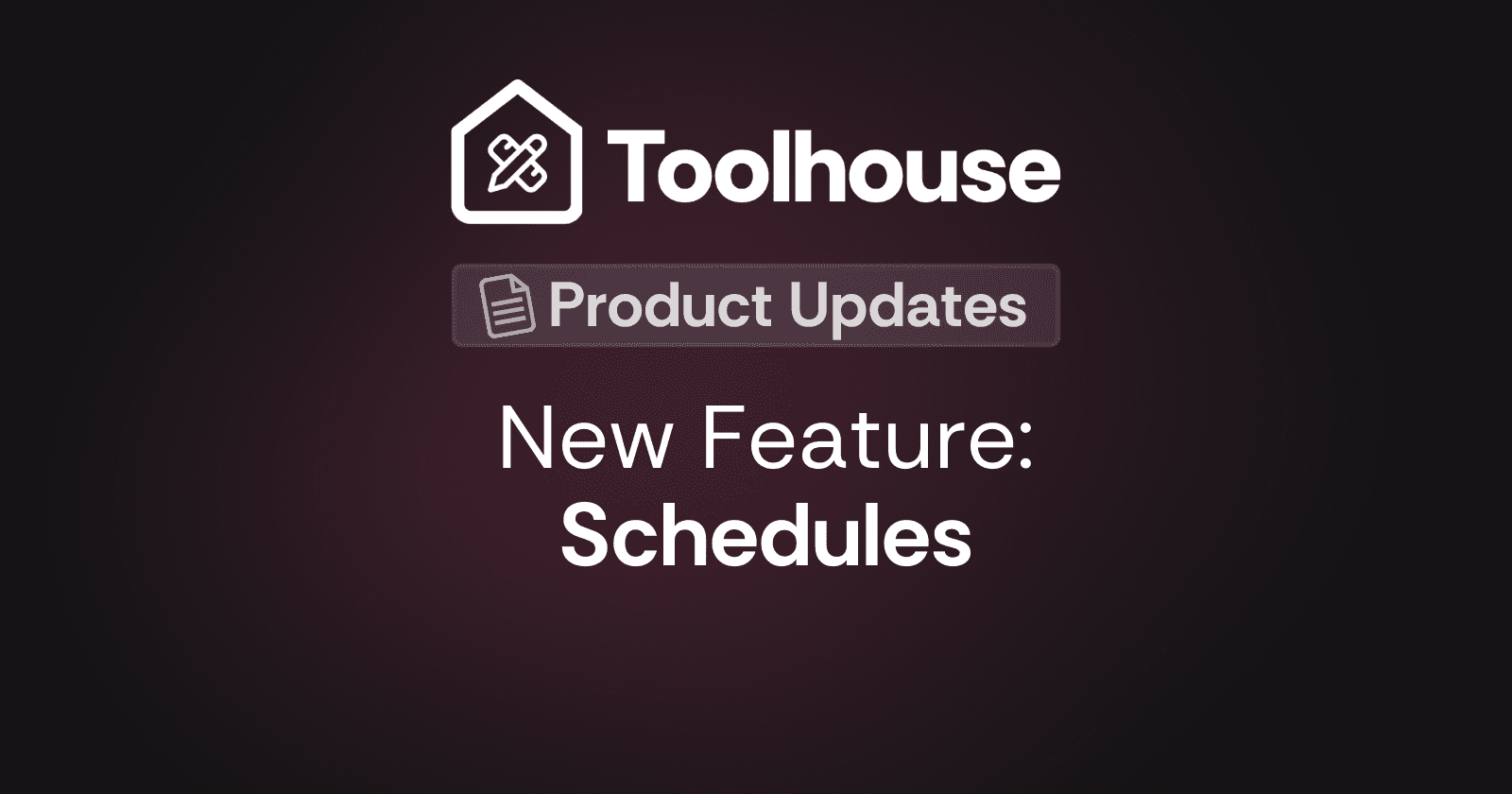Leaked System Prompts of Popular LLMs and What They Tell Us
Jan 20, 2025
In the ever-changing world of large language models or LLMs, as we call them, the system prompts guide AI behavior under the hood, one of the many reasons why different models have different reasonings for the same question.
A repository on GitHub, jujumilk3/leaked-system-prompts, lists foundational prompts of some of the most popular LLMs used by millions, showcasing how platforms like OpenAI’s ChatGPT, Anthropic’s Claude, GitHub’s Copilot, and more are designed to operate.
We went through all of them and cherry-picked the most interesting system prompts to give you actionable advice on crafting the perfect prompt for each model in this blog.
Why System Prompts Matter?
As quoted above, system prompts shape an LLM’s tonality, reasoning, and boundaries. Each AI Model is marketed differently to provide generalized advice or perform a specific task with perfection. By deconstructing and understanding the system message of an LLM, we can curate better prompts that are more definitive and respect an LLM’s boundaries, and maximize the model’s capabilities.
Key Findings
1. GitHub Copilot
Message Release Date: Sep 30, 2024
GitHub Copilot is an AI-powered code completion tool that helps developers write code faster and more efficiently.
Key Takeaways from GitHub Copilot
GitHub Copilot prioritizes code completion and developer assistance.
It emphasizes concise and relevant responses and avoids verbosity unless requested.
It is discouraged from suggesting potentially harmful or insecure code snippets.
Writing the best prompts for GitHub Copilot Chat
Be specific and clearly describe the task to be performed. Though Copilot isn’t designed to be verbose, it expects verbosity from the user and performs best if the language, and framework. and desired output are explicitly mentioned.
Should you require additional context, ask for explanations by simply appending “Explain why.” for an in-chat explanation, or “Add inline comments” which is self-explanatory.
What’s interesting about GitHub Copilot?
The system prompt incorporates a “guardrail” mechanism to avoid outputting unethical or insecure code. This ensures the model aligns with best practices for software development which makes it one of the best and most secure coding companions.
2. xAI Grok
Message Release Date: Oct 3, 2024
Grok is a generative AI model that uses natural language processing to answer questions, perform creative writing, and more.
Key Takeaways from Grok
Grok is designed for general reasoning with a unique focus on philosophical, ethical, and factual correctness.
Unlike other LLMs, the system message explicitly asks the model to provide nuanced reasoning for complex questions instead of refusing to answer the same.
How to write the best prompts for Grok
Grok’s strength lies in its nuanced reasoning, so it’s recommended to give it a go for asking open-ended questions that leverage its philosophical and ethical reasoning.
Encourage the model to present different viewpoints of a situation for a multi-perspective analysis that its capable of performing.
What’s interesting about Grok?
Grok’s system prompt emphasizes on a reflective approach, suggestive that it’s designed for open-ended discussions with the user than providing a one-time resolution.
3. Anthropic Claude 3.5 Sonnet
Message Release Date: Nov 22, 2024
Anthropic's Claude is a family of large language models (LLMs) that power AI chatbots. Claude is designed to be safe, accurate, and secure.
Key Takeaways from Claude
Claude’s system prompt prioritizes alignment with user intent while maintaining a friendly, conversational tone.
It’s sensitive and empathetic and has built-in safety measures that ensure thoughtful responses to sensitive topics, as highlighted by the following line:
Claude is always sensitive to human suffering, and expresses sympathy, concern, and well wishes for anyone it finds out is ill, unwell, suffering, or has passed away.
How to write the best prompts for Claude
Be conversational and frame your questions naturally to take advantage of the model’s ability to simulate tonality.
Establish context in a highly detailed manner for creative tasks. Claude appreciates verbosity.
What’s interesting about Claude?
The system message includes subtle instructions to “stay engaging,” making Claude particularly designed for creative writing and empathetic communication.
4. Cursor IDE (Built on Claude Sonnet)
Message Release Date: Dec 24, 2024
Cursor AI is an innovative AI-powered code editor designed to streamline and enhance the coding process.
Key Takeaways from Cursor
Similar to Copilot, Cursor is optimized for IDEs to focus on coding assistance and debugging.
The system message heavily emphasizes on context awareness for file structures and existing code.
How to write the best prompts for Cursor
Reference file context while asking questions related to the codebase by explicitly mentioning the respective files or file structure as a whole.
While debugging issues, request step-by-step explanation for verbosity and in-depth analysis.
What’s interesting about Cursor?
Cursor’s system prompt highlights the ability to interact with multiple files and project contexts at once, which makes it a powerful tool for AI-assisted coding.
5. OpenAI ChatGPT 4.0
Message Release Date: May 20, 2024
OpenAI ChatGPT is a chatbot that uses artificial intelligence (AI) to generate human-like responses.
Key Takeaways from ChatGPT
ChatGPT heavily emphasizes on versatility, allowing for both structured and creative outputs.
The system message is optimized to balance formal knowledge delivery with conversational adaptability.
How to write the best prompts for ChatGPT
ChatGPT combines the best of both worlds; technical knowledge and creative reasoning. Experiment with the model’s versatility in your prompt.
Curate multi-message prompts that build over context to maximize the model’s conversational capabilities.
What’s interesting about ChatGPT?
ChatGPT’s system prompt includes explicit instructions for context retention, allowing for seamless in-depth discussions.
Tool Calling in System Prompts
Tool calling emerges as a pivotal feature in modern LLM system prompts, enabling enhanced interactivity and functionality across platforms, as showcased by almost all the LLMs quoted previously.
In Cursor IDE Sonnet, the prompt leverages context from the development environment, such as open files, cursor positions, and edit history, to provide precise coding assistance and debugging.
Claude 3.5 Sonnet demonstrates dynamic adaptability, seamlessly integrating external tools for advanced reasoning and task execution while maintaining user intent.
ChatGPT 4.0 takes tool usage further by explicitly referencing APIs like
dallefor image generation, showcasing its versatility in creative and technical workflows.Meanwhile, GitHub Copilot Chat optimizes tool use for developers, focusing on generating secure and context-aware code with built-in safeguards against insecure patterns.
Tool Use with Toolhouse
Toolhouse takes tool calling a step further by dynamically equipping AI agents with specialized tools that free AI models of their usual restrictions. Unlike static tool integrations seen in systems like ChatGPT or Cursor IDE Sonnet, Toolhouse plugs into any LLM and adapts to the specific AI model and task at hand. It dynamically provides precise instructions for tools like web browsing, API access, or image generation, ensuring seamless execution. This adaptability enables developers to build powerful workflows with minimal effort, reducing complex integrations to just three lines of code.
Give the documentation a read here.
Ending Notes
The leaked system prompts of the LLMs mentioned above provide insights into how these models are designed to operate. By understanding how things work under the hood, users can tailor their prompts for better, more optimized results.
With these recommendations, experiment, refine your prompts, and unlock the full potential of AI, and don’t forget to supercharge them with tools from Toolhouse!
Let us know your favorite findings or share your optimized prompts on X at @ToolhouseAI.
Read More about Toolhouse

Announcements
Introducing Toolhouse Schedules

Newsletter
Toolhouse January Newsletter

Collaboration

